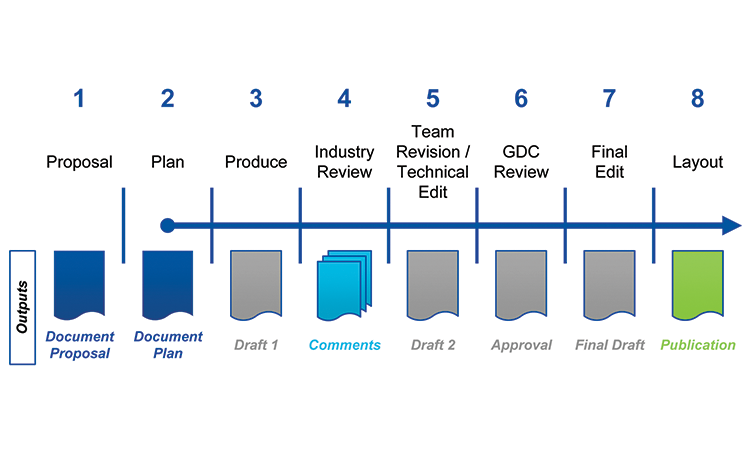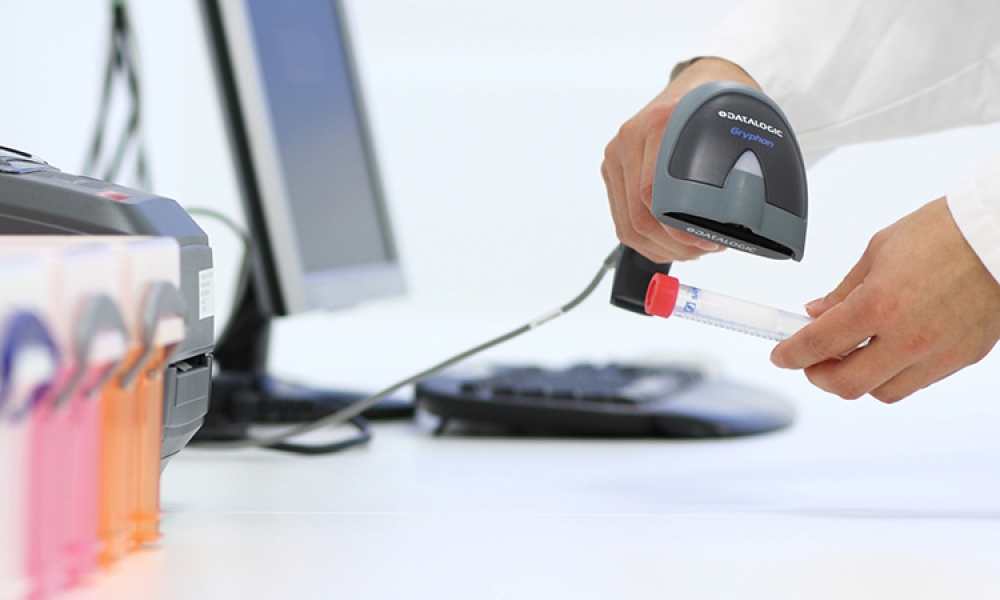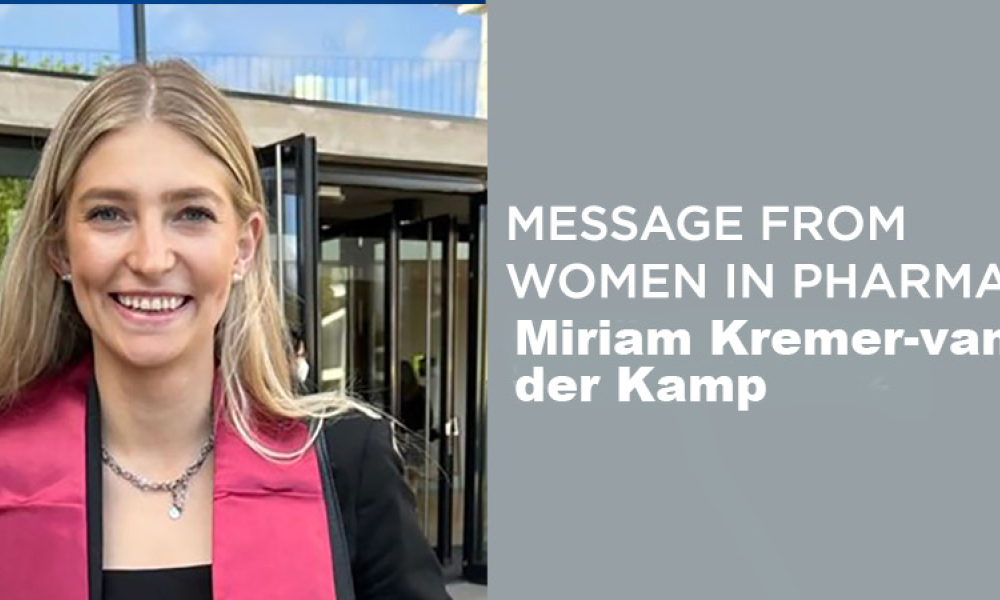ISPE is committed to increasing the value of membership. To make sure we are delivering on that promise, we launched strategic development teams to take a hard look at our operations. One of those teams is the Rapid Information Development and Delivery (RIDD) team, a subcommittee of the Guidance Document Committee (GDC).
The RIDD team was created to improve how we create, structure, and deliver knowledge to ISPE members. Initially focused on the Guidance Document development process, the team reviewed publication data from the last five years and found that only one-third of the documents, from proposal to publication, were completed in less than two years. They realized that we needed a modular approach to content development that could deliver critical information to members in a timely fashion. They also recommended that we identify and reduce redundancy within the materials.
RIDD is also helping to build a new information development architecture that will improve the knowledge-development and distribution process, and allow authors and reviewers to operate at a much higher capacity than they do today.
Dr. Trish Melton, MIME Solutions Limited, leads the RIDD team, which has identified two initial goals: First, streamline the guidance document development process to accelerate new and in-process projects. Second, develop a knowledge framework to organize and deliver information.
GOAL ONE: STREAMLINE
The current guidance document development process has eight stages; the RIDD team is focused on stages 1–5.
In addition, applying lean principles to project planning will produce more tightly defined topics and less scope creep. An improved onboarding process will include a workflow diagram and a collection of templates, examples, and tips. Other improvements under development are defining author and reviewer roles more clearly and assigning mentors and technical editors earlier in the process.
The team will roll out the improved and streamlined process in the first half of 2018.
GOAL TWO: ORGANIZE AND DELIVER
The difficult work of identifying duplication, rationalizing content, and creating subtopics is about to begin. The new knowledge management framework will become an essential tool for comparison and retrieval. The team will also develop a plan to convert current knowledge assets—guidance documents, white papers, etc.—to the new framework, developing a lean process to align with the framework, and running a pilot.
It’s a lot of work, but the benefits should be unparalleled. In conjunction with the new Guidance Document portal, members can expect to get the right knowledge to the right person at the right time.





